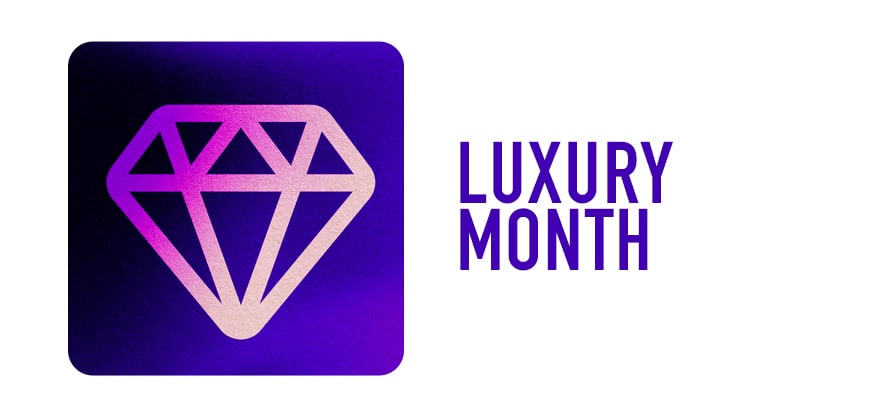-
Lincoln St. Woodworks wrote a new post on the site Woodworking 10 seconds ago
-
reviewer4you.com wrote a new post on the site reviewer4you.com 35 seconds ago
Will the Olympics 'Showcase Effect' Draw American Buyers To Paris?
 July is Luxury Month at Inman. Tune in as we survey the evolving luxury market, […]
July is Luxury Month at Inman. Tune in as we survey the evolving luxury market, […] -
reviewer4you.com wrote a new post on the site reviewer4you.com 39 seconds ago
407: Working Toward Financial Independence and Time Freedom With Joe DiSantoToday we’re talking about an often overlooked aspect of health, w […]
-
Jake Widmer wrote a new post on the site Woodworking 1 minute ago
-
reviewer4you.com wrote a new post on the site reviewer4you.com 1 minute ago
2 year old male Staffordshire Bull Terrier Cross available for adoption
 Loki is a male Staffordshire Bull Terrier Cross who will be 2 year old in […]
Loki is a male Staffordshire Bull Terrier Cross who will be 2 year old in […] -
Woodworking With Wes wrote a new post on the site Woodworking 2 minutes ago
-
reviewer4you.com wrote a new post on the site reviewer4you.com 2 minutes ago
Access to this page has been denied.Access to this page has been denied because we believe you are using automation tools to browse the […]
-
Woodworking Creative Ideas wrote a new post on the site Woodworking 3 minutes ago
-
reviewer4you.com wrote a new post on the site reviewer4you.com 4 minutes ago
A Prayer for When You're Facing a Health Crisis – Your Daily Prayer – July 27
 A Prayer for When You’re Facing a Health CrisisBy Amanda Idleman “Heal me […]
A Prayer for When You’re Facing a Health CrisisBy Amanda Idleman “Heal me […] -
Dave Gatton wrote a new post on the site Woodworking 4 minutes ago
-
reviewer4you.com wrote a new post on the site reviewer4you.com 5 minutes ago
Black Sabbath Legend Tony Iommi Unleashes New Song "Deified"
Legendary Black Sabbath guitarist Tony Iommi has unleashed the new song “Deified” to […]
-
Woodworking Project plans wrote a new post on the site Woodworking 6 minutes ago
-
reviewer4you.com wrote a new post on the site reviewer4you.com 6 minutes ago
Elon Musk's trans child describes him as cruel, narcissistic, and an absent father in first interview
 Vivian Jenna Wilson, the transgender child of […]
Vivian Jenna Wilson, the transgender child of […] -
Madonna – Topic wrote a new post on the site reviewer4you.com 7 minutes ago
Vogue
Provided to YouTube by Warner Records Vogue · Madonna Celebration ℗ 2009 Warner Records Inc. Programmer: Alan …
-
Woodworking Plans and Projects wrote a new post on the site Woodworking 8 minutes ago
-
reviewer4you.com wrote a new post on the site reviewer4you.com 8 minutes ago
KIDS GIRLS BOYS FLAT LACE UP PUMPS CANVAS PLIMSOLLS SCHOOL TRAINERS SHOES SZ 3-5
 KIDS GIRLS BOYS FLAT LACE UP PUMPS CANVAS PLIMSOLLS SCHOOL TRAINERS SHOES SZ 3-5 Price : 7.95 Ends on : View on eBay
KIDS GIRLS BOYS FLAT LACE UP PUMPS CANVAS PLIMSOLLS SCHOOL TRAINERS SHOES SZ 3-5 Price : 7.95 Ends on : View on eBay -
Fusemachines wrote a new post on the site reviewer4you.com 9 minutes ago
AI-Driven Market Segmentation | Fusemachines Insights
 As markets become increasingly saturated and consumer expectations evolve, businesses must […]
As markets become increasingly saturated and consumer expectations evolve, businesses must […] -
Steven Sushi wrote a new post on the site reviewer4you.com 10 minutes ago
-
Woodworking Skill wrote a new post on the site Woodworking 10 minutes ago
-
BlacGyver wrote a new post on the site Woodworking 12 minutes ago
- Load More
Discover more from reviewer4you.com
Subscribe to get the latest posts sent to your email.